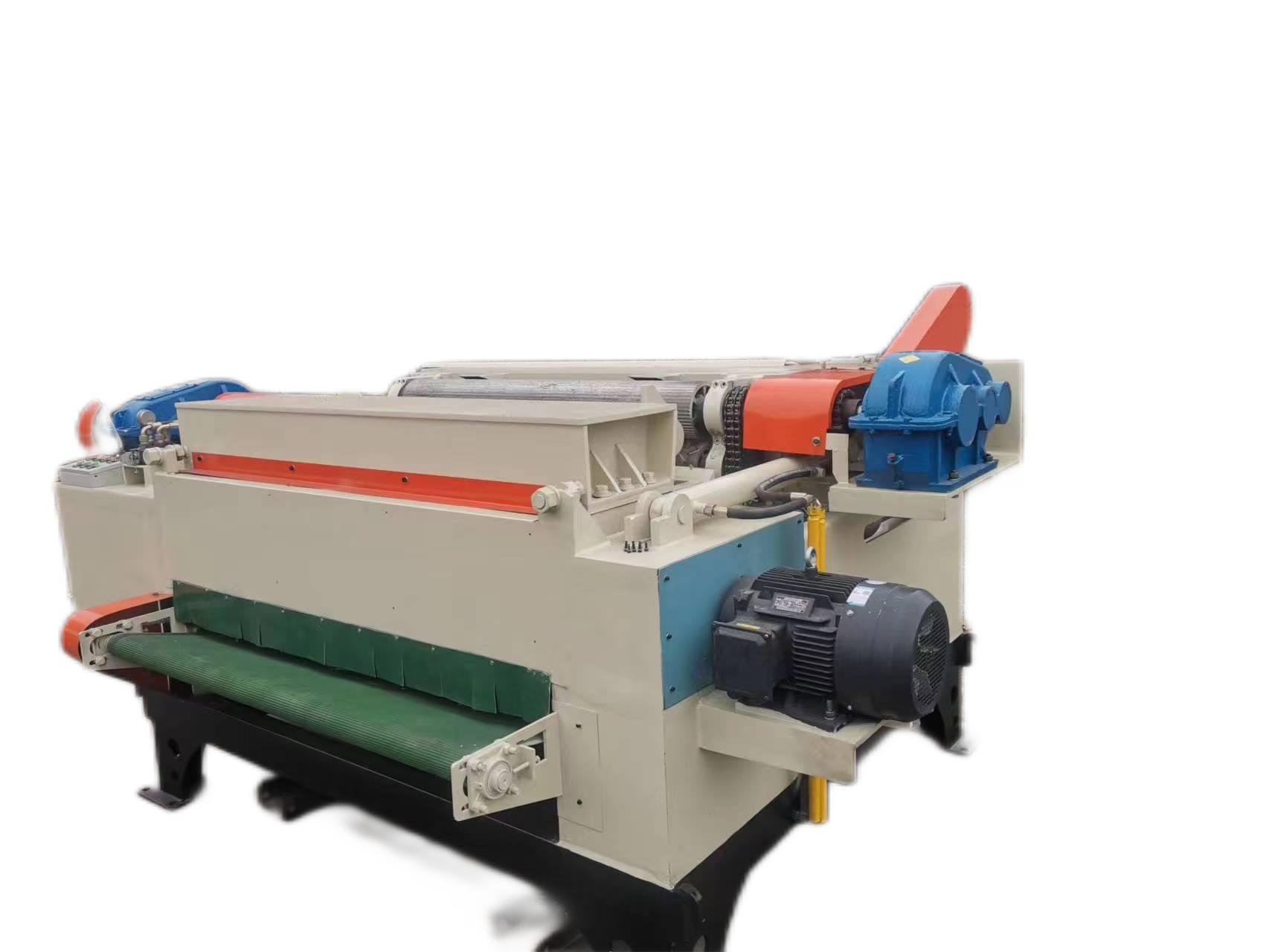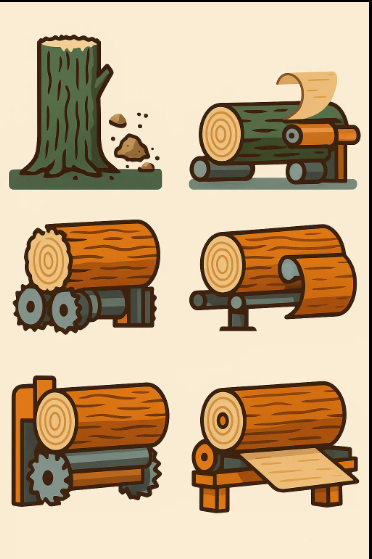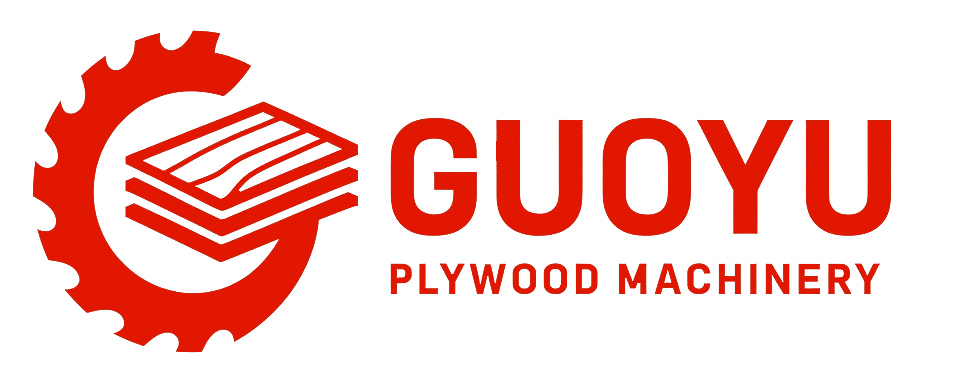

A log debarker is a machine that strips off the bark from logs, along with any dirt, sand, or small stones stuck to it. This helps keep the logs clean, protects cutting tools from damage, and makes the logs more round and smooth—so they can be processed more easily and efficiently in the next steps like peeling or sawing.
Dual Roller Diameter: 150 mm
Motor (Dual Roller): 11 KW Siemens Beide × 1 unit
Single Roller Diameter: 150 mm
Motor (Single Roller): 11 KW Siemens Beide × 1 unit
Feeding System: Hydraulic Station
Feeding Motor Power: 5.5 KW Siemens Beide × 1 unit
Crushing Motor Power: 11 KW Siemens Beide × 1 unit
Guide System: Oil-immersed slide rails (2 sets on each side)

Improves Plywood Veneer Quality
Tree bark is often rough, uneven in thickness, and may contain debris such as sand or dirt. Without proper debarking, glue cannot adhere well to the surface, resulting in poor bonding performance during plywood production. Removing the bark ensures a cleaner surface and better glue adhesion, which significantly enhances the overall quality of the veneer.
Improves Veneer Thickness and Dimensional Accuracy
Debarking is not only for removing bark—it also serves as a “rounding” process. Irregularly shaped logs are turned into more uniform cylindrical shapes, which helps ensure that the veneers produced during rotary cutting are even in thickness and consistent in size, reducing defects and improving yield.
Protects Peeling Knives and Extends Peeling Machine Life
Tree bark may contain sand, stones, or even nails, which can cause severe wear or breakage of rotary cutting knives if not removed beforehand. Debarking prevents such damage, significantly prolonging the service life of cutting tools and ensuring smoother machine operation with lower maintenance costs.
Increases Veneer Production Efficiency
By removing bark and surface impurities in advance, the rotary cutting machine can operate at higher speeds with better stability. With the debarker and the rotary lathe working in coordination, the production line achieves simultaneous processing, resulting in higher throughput and greater overall efficiency in veneer production.
Log debarking is a critical step in veneer production that directly impacts product quality, equipment longevity, and overall operational efficiency. By ensuring cleaner raw material and smoother processing, debarking lays the foundation for stable, high-quality, and cost-effective plywood manufacturing.

Hi, I’m Luna, Head of Sales at Guoyu. My team and I would be delighted to learn more about your specific requirements and support your plywood production.




*We respect your confidentiality and all information are protected.


I’m Leo, the head of sales team at E-abel. Me and my team would be happy to meet you and learn all about your business, requirements and expectations.



*We respect your confidentiality and all information are protected.

lunamachines@outlook.com
Yitang Industrial Zone, Lanshan District, Linyi City, Shandong Province, China



*We respect your confidentiality and all information are protected.

Hi, I’m Luna, Head of Sales at Guoyu. My team and I would be delighted to learn more about your specific requirements and support your plywood production.


